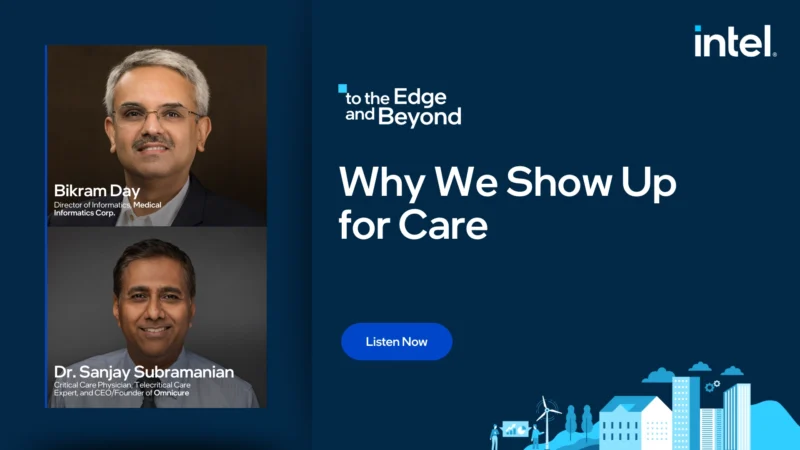Disrupting Healthcare with Patient Education Tools
This case study explores the role and impact of patient education software in healthcare, examining both its benefits and obstacles. Derived from a healthcare narrative, the key issues at hand include resistance to transformation, information overload, and the digital divide. Theoretical knowledge from health informatics and audience engagement strategies are the basis of this report. It’s concluded that patient education software is crucial in today’s healthcare landscape. The recommendation encourages vendors to take heed of identified barriers and adopt strategies to overcome them.
Introduction
This report delves into the narrative of patient education software within healthcare, highlighting its key features, benefits, and barriers. It aims to present a comprehensive case analysis that stresses the significance of resolving the identified challenges. The key problem lies in the hurdles encountered in implementing such software, which has a substantial influence on modern healthcare practices.
Findings
The central issues revolve around resistance to change, the potential for information overload, and the digital divide. These points were identified following a meticulous analysis of the healthcare transcript, drawing upon notions from health informatics and user-centric design. It’s evident that these problems are deeply rooted and demand substantial attention and strategic intervention.
Discussion
The major problems call for alternative solutions. One plausible approach could be gradual introduction of the system to healthcare staff, thus mitigating resistance. Monitor patient reactions to manage information overload effectively, and devise strategies to bridge the digital divide, making software accessible for all patients. These methods are expected to bring about a correction in the prevalent obstacles, thereby promoting a more efficacious adaptation of patient education software.
Conclusion
This report underscores the importance and potential impact of patient education software in healthcare services; however, it also acknowledges the hurdles. Though substantial, these barriers are not insurmountable with diligent planning, strategic decision-making, and patience.
Recommendations
A gentle, gradual introduction to the software is recommended to help overcome resistance to change. Carefully monitoring patients’ reactions can steer the software’s information delivery to avoid overwhelming users. With regards to the digital divide, initiatives should focus on educating patients on software usage and possibly providing easier access or alternatives for those with limited digital proficiency. These recommended strategies can stabilize patient education software implementation, leading to improved patient satisfaction, cost savings, and better health outcomes overall.




